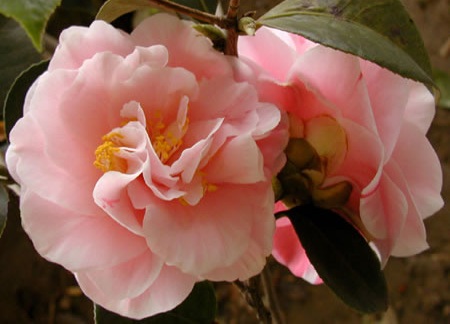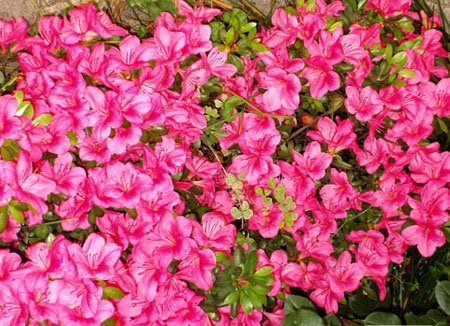|
You are at: Home > Flower Knowledge Guide > Gift Guide & Chinese Culture > Top 10 Flowers In Chinese Culture |
Top 10 Flowers In Chinese Culture
|
Flowers have a privileged position in the Chinese culture. Flowers are an indelible part of the collective consciousness of the Chinese people. Flowers in China are a language that conveys positive messages and plays a significant role in the day to day life of the common folk. Here collected are the 10 most important flowers in Chinese culture. 1. Plum Blossom (
The plum blossom has been an important symbol in Chinese culture. As a “friend of winter,” the plum blossom vividly represents the value of endurance, as life ultimately overcomes through the vicissitude of time. The fragrance of plum blossoms “comes from the bitterness and coldness,” as the Chinese saying goes. Souls are tempered in the depth of experience, growing in inner strength and unyielding courage. 2. Peony (
The most significant flower in China is the peony, the country’s national flower. At a higher level, the peony symbolizes prosperity, happiness and peace. At a material level, it represents wealth and rank. Its very fragrance in China is considered heavenly and the flower is believed to be of divine descent. 3. Chrysanthemum (
Chrysanthemums are much loved in China. They are respected as they brave the frost to bloom in a range of hues and colours. Chrysanthemums, in the Chinese ethos, indicate mobility. 4. Orchid (
Orchid has always had a very special place in Chinese Culture. It is often seen in Chinese works of art. Orchid in the past was one of the scholar’s favorite, for it represents integrity, nobility and friendship. It was believed to be elegant yet humble, natural yet refined, joyous yet polite and independent yet friendly. Orchid is considered as one of the “Four Gentlemen.” It is a group of plants showing the virtues of a good human being, the other three are Bamboo, Chrysanthemum and Plum Blossom. 5. China rose (
Rosa chinensis, known commonly as the China Rose, is a member of the genus Rosa native to Southwest China in Guizhou, Hubei, and Sichuan Provinces. 6. Camellia ( Camellia sinensis is the species of plant whose leaves and leaf buds are used to produce the popular beverage tea. Camellia is native to Yunnan and Sichuan. Several cities across China have adopted the camellia as the city flower, such as Chongqing, Kunming, Ningbo and Wenzhou. In the south of China, they are planted in the yards, but are potted flower in the north. 7. Azaleas (
Azaleas bloom in spring in the Northern hemisphere and in winter in the Southern hemisphere, their flowers often lasting several weeks. Shade tolerant, they prefer living near or under trees. In Chinese culture, the azalea is known as “thinking of home bush” and is immortalized in the poetry of Tu Fu and is used to rich effect in contemporary stories such as by Taiwanese author Pai, Hsien-Yung. 8. Lotus (
The lotus flower is one of the top ten most famous flower species in China, and has been the most favored one for hundreds of years. Untouched by any impurities, the lotus symbolizes purity of the heart and mind and represents long life, humility, honor and tranquility.Chinese people have an abiding fondness for lotus flowers. The adoration of the lotus has formed a unique “Lotus culture,” lasting a long time in China. 9. Osmanthus (
Osmanthus produces very fragrant flowers. Most speciese are native of China. About 22 cities in China select Osmanthus as their city flower. In China, its flowers are infused with green or black tea leaves, to create a scented tea called guì hu¨¡ chá. In Chinese cuisine, the flowers are also used to produce osmanthus-scented jam, sweet cakes , dumplings, soups, and even liquor. 10. Narcissus (
The narcissus is known in Chinese as the “water goddess” or “the goddess who stands above the waves”. The flower is believed to have occult value. It is used for exorcism, to rout out evil spirits. Many narcissus blooms together form a group of ‘immortals’. Glossy ganderma stands for the correct way of living, indicating clean and healthy trends. This flower is believed to have powers to bring a person back to life. Original Article View: http://www.chinawhisper.com/top-10-flowers-in-chinese-culture comments powered by Disqus |
|











